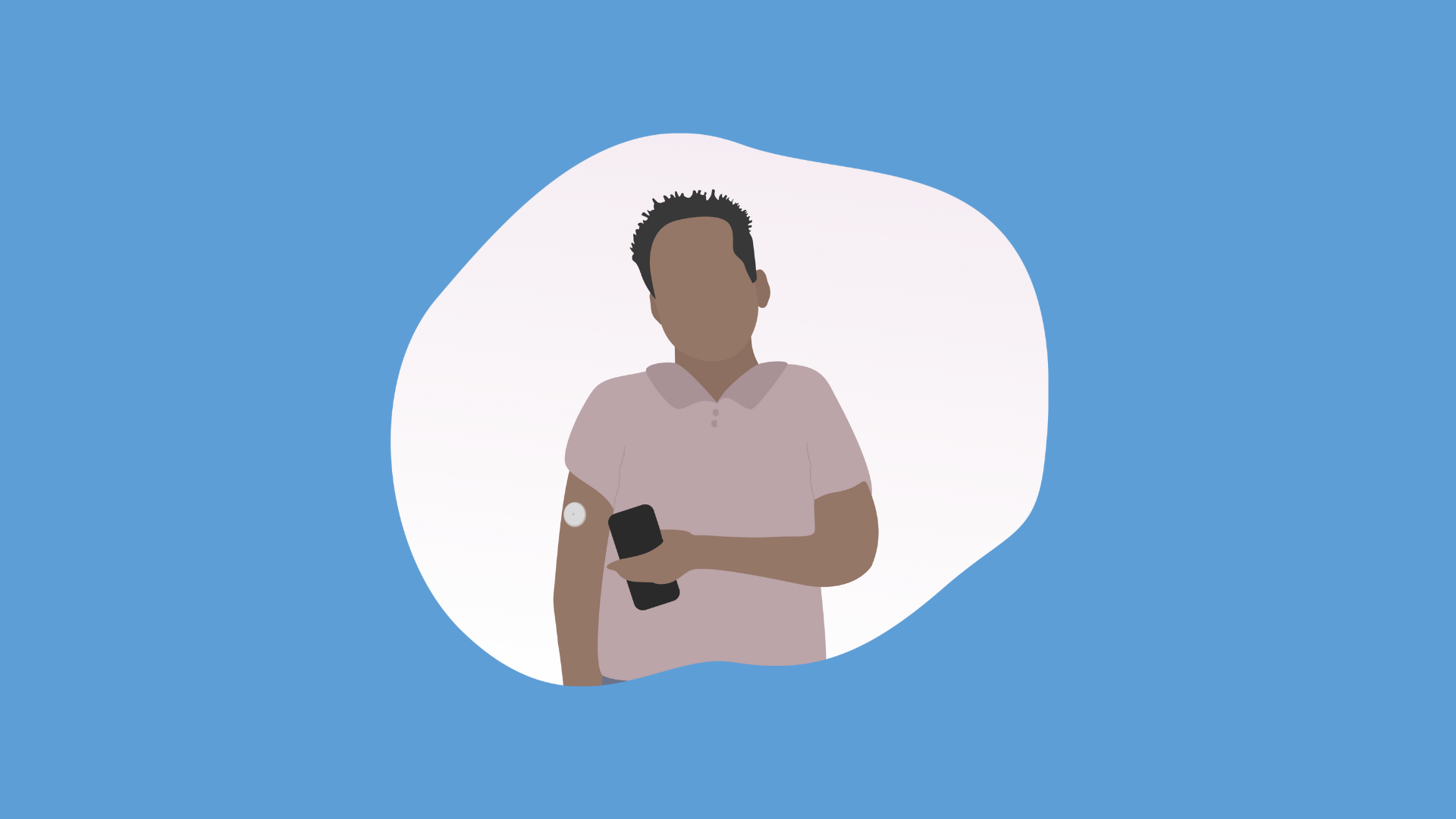As diabetes care continues to change, so does the way we monitor glucose levels. Continuous glucose monitors (CGM) have emerged as helpful tools that provide real-time blood glucose levels, offering an immediate picture of glycemic patterns that traditional finger-prick methods cannot offer. But beyond the glucose number, the most powerful information is the opportunity to support behaviour change.
As discussed in a previous webinar on the hidden information within your CGM readings, glucose sensors continuously track glucose levels throughout the day and night, providing a real-time view of how their choices, such as meals, physical activity, stress, and sleep, affect blood sugar. This immediate feedback supports a deeper understanding of an individual’s personal glucose response to daily routines and helps people to change their routines.
For example, seeing a glucose spike after a high-carbohydrate meal, such as a big pasta dinner, can prompt someone to adjust portion sizes or food choices in the future. Similarly, a decrease in glucose levels during exercise may motivate others to continue or possibly increase their physical activity levels. Over time, these small, informed adjustments can significantly improve glucose control.
Making changes is not just about knowledge—it’s about using the knowledge. Glucose sensors that show the tangible impact of actions is a great way of using new knowledge. When someone sees glucose levels stabilize after a brisk walk or a balanced meal, it builds confidence around using that activity to improve control.
Glucose sensors might be overwhelming for some people. The data, the alarms, the reports, and the emotional effect of constantly knowing glucose levels can turn some people off. But there are many ways to use these sensors. Speaking with the healthcare team can help determine whether a CGM will be worthwhile for any one person, and how it can best meet that person’s needs.
Diabetes care and technology continues to change and evolve. Glucose sensors are a major step forward. They are more than just monitoring tools—they are tools for change. By capturing real-time glucose data, an individual can turn these numbers into actionable insights that lead to better health and well-being.



